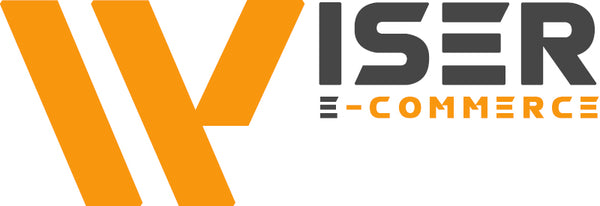
Shopify’s Horizon Theme: A Web Designer’s Take on Its Promise and Pitfalls
Shopify’s Horizon theme isn’t just another clean cut layout with tidy margins and balanced typography. It’s the first major theme to ship with Shopify’s new AI powered assistant built directly into the theme editor. And that changes everything, at least in theory.
If you’re a designer or developer used to working inside the Shopify Customiser, the new AI integration will catch your attention straight away. Rather than building sections manually or rummaging through block settings for the hundredth time, you can now just ask it. Type in a prompt like “add a section with three icons and a heading” and watch it generate a new block for you. It even suggests images using AI-generated art, which depending on how much control you like to have can feel either like magic or a bit of a gimmick.
For store owners, this might sound like a dream. Suddenly you’re not just dragging and dropping, you’re describing what you want and letting Shopify build it for you. Want a quick promotional banner with product images? Ask and it appears. Need a testimonial section? Done. No developer, no digging through theme files. It brings a little of the ChatGPT experience into a place that’s usually far more manual. And for small businesses without access to a designer or marketing team, it could be the most useful thing Shopify has done in years.
But here’s the catch. All that flexibility comes at a cost, and that cost is page speed. The more AI-generated sections you add, the heavier the site becomes. Every block it creates adds more structure, more markup, and more assets. What starts as a fast and lean shopping website can end up feeling bloated if you don’t keep it under control. And unlike traditional themes where designers build sections with performance in mind, the AI tool doesn’t always make the lightest choices.
So while Shopify promotes Horizon as a fast and modern theme, the reality is a bit more nuanced. Yes, it starts quick. But give a user an AI assistant and they’ll generate content endlessly. That’s great for productivity, not always for performance.
From a developer’s perspective, Horizon is still a solid foundation. The layout is clean, the grid system makes sense, and the theme settings are intuitive. But if your goal is to build a web store that not only looks great but ranks well, you’ll need to keep an eye on how that AI assistant is used. Just because you can generate five call-to-action sections doesn’t mean you should.
For anyone in the business of web design, web development, or e-commerce growth, Horizon is both a glimpse of the future and a warning about automation overload. It offers tools that speed up the build process and lower the barrier for entry, but it also demands a bit more technical discipline to avoid turning a streamlined site into a cluttered experience.
If you’re looking for someone to help you build, run, or promote your Shopify site the right way, using the best of what Horizon offers while avoiding its slower pitfalls. You’ll want a designer who understands the platform inside out. AI is brilliant, but for now, it still needs a human to keep it on track.
